Să admitem că, unora, subiectul OZN-urilor ne mișcă interesul mai repede decât o dansatoare de cabaret fusta, iar asta pentru că, spre deosebire de dantelele și desuurile ușor de expus, OZN-urile ori există, ori nu, probe concludente neexistând și nimeni neputându-le furniza. Personal, am fost mereu în căutarea a cât mai multor surse alternative de informare cu privire la acest mister, iar într-o astfel de goană după senzațional am dat peste mai multe imagini cu reprezentări ale unor tablouri, tapiserii, picturi murale, desene etc ce conțineau, în structurarea temei, mașinării celeste cu formă curioasă.
Este interesant cum ufologia își are rădăcinile adânc înfipte în trecut, deoarece există obiecte de artă numeroase și variate ce înfățișează ”nave” semănând izbitor cu ceea ce acum am numi ”farfurii zburătoare”. Dacă artiștii vremii au văzut sau nu obiecte neidentificate zburând pe cer, ori dacă acele obiecte erau simplul rod al imaginației, este greu de stabilit. Se poate ca acele obiecte cu formă de OZN să fi fost doar simboluri ale unor ipotetice forțe divine ce supravegheau din ceruri decursul evenimentelor importante, deoarece se află alăturate în imagini cu temă religioasă. Cert este că forma ”clasică”, sferoidă, luminițele sau deplasarea prin propulsie a OZN-urilor se trag din strămoși portretizați pentru prima oară taaare demult, nu doar în mileniile creștine.
Există petroglife sau picturi murale ce au supraviețuit trecerii a mai mult de 10.000 ani, unele avand vechimi uluitoare de 20-30.000 ani. Picturi murale cu animale și plante, adios.
Teoria conform căreia civilizațiile străvechi au avut acces la cunoștințele extraterestre avansate oferite cu (sau fără) mărinimie poate fi folosită ca argument pro pentru veridicitatea obiectelor zburatoare ilustrate în arta veche și foarte veche. Veni vidi vici pentru omuleții verzi care ne-au urcat pe scara evoluției prin tehnologizare și posibil chiar prin modificare genetică. Astfel, toate reprezentările acestea de care discutăm se bazează pe informații de primă mână făcute cunoscute prin acordul vizitatorilor.
Am selectat zece imagini, spun eu, sugestive pentru ceea ce am vrut să tratez în paragrafele de mai sus. Sper să vă placă la fel de mult precum Hieronymus Bosch.
Este interesant cum ufologia își are rădăcinile adânc înfipte în trecut, deoarece există obiecte de artă numeroase și variate ce înfățișează ”nave” semănând izbitor cu ceea ce acum am numi ”farfurii zburătoare”. Dacă artiștii vremii au văzut sau nu obiecte neidentificate zburând pe cer, ori dacă acele obiecte erau simplul rod al imaginației, este greu de stabilit. Se poate ca acele obiecte cu formă de OZN să fi fost doar simboluri ale unor ipotetice forțe divine ce supravegheau din ceruri decursul evenimentelor importante, deoarece se află alăturate în imagini cu temă religioasă. Cert este că forma ”clasică”, sferoidă, luminițele sau deplasarea prin propulsie a OZN-urilor se trag din strămoși portretizați pentru prima oară taaare demult, nu doar în mileniile creștine.
Există petroglife sau picturi murale ce au supraviețuit trecerii a mai mult de 10.000 ani, unele avand vechimi uluitoare de 20-30.000 ani. Picturi murale cu animale și plante, adios.
Teoria conform căreia civilizațiile străvechi au avut acces la cunoștințele extraterestre avansate oferite cu (sau fără) mărinimie poate fi folosită ca argument pro pentru veridicitatea obiectelor zburatoare ilustrate în arta veche și foarte veche. Veni vidi vici pentru omuleții verzi care ne-au urcat pe scara evoluției prin tehnologizare și posibil chiar prin modificare genetică. Astfel, toate reprezentările acestea de care discutăm se bazează pe informații de primă mână făcute cunoscute prin acordul vizitatorilor.
Am selectat zece imagini, spun eu, sugestive pentru ceea ce am vrut să tratez în paragrafele de mai sus. Sper să vă placă la fel de mult precum Hieronymus Bosch.
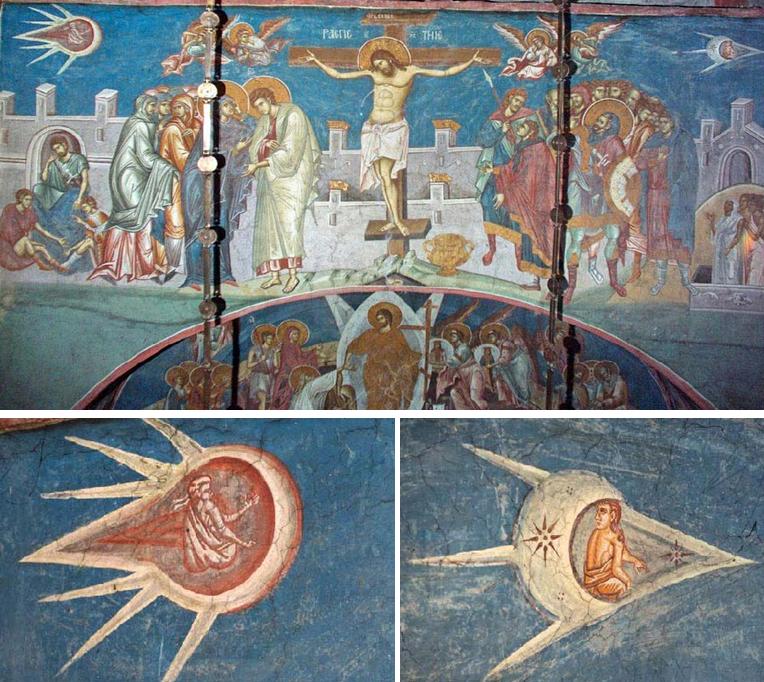
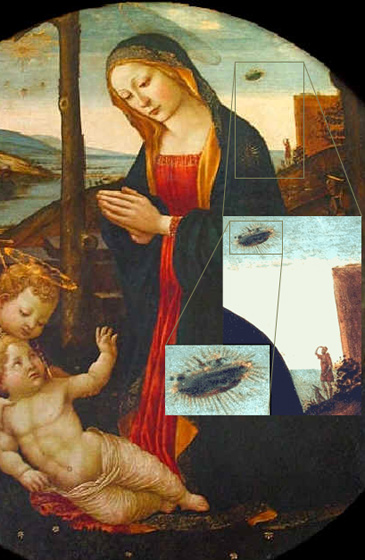
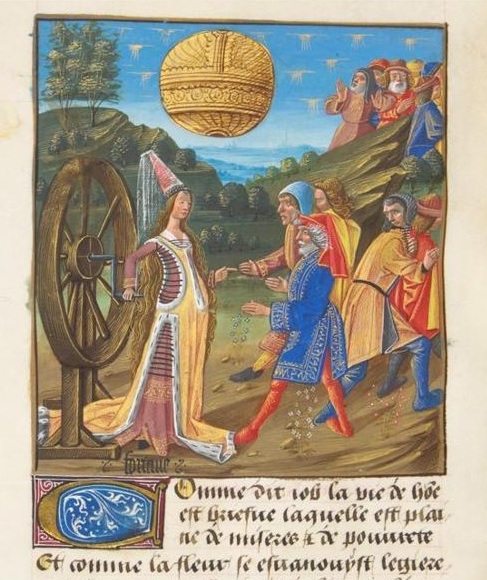
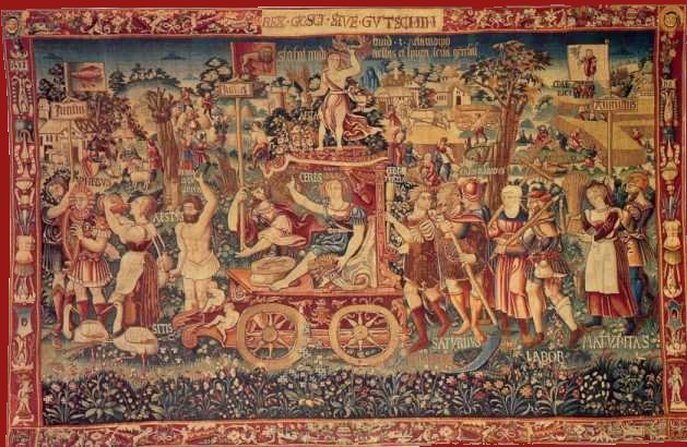
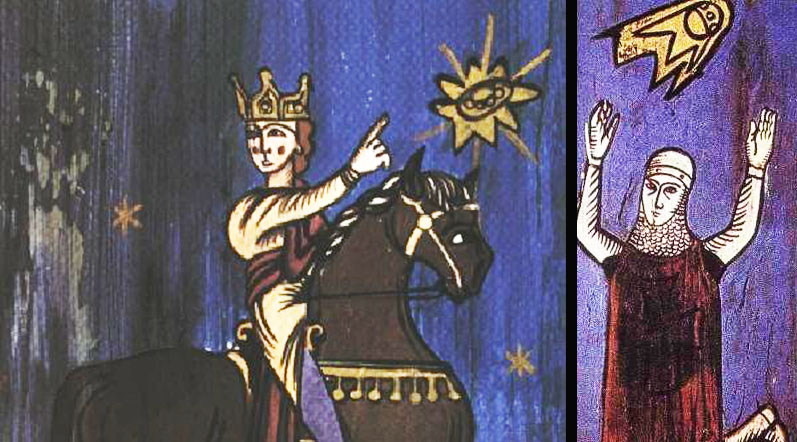
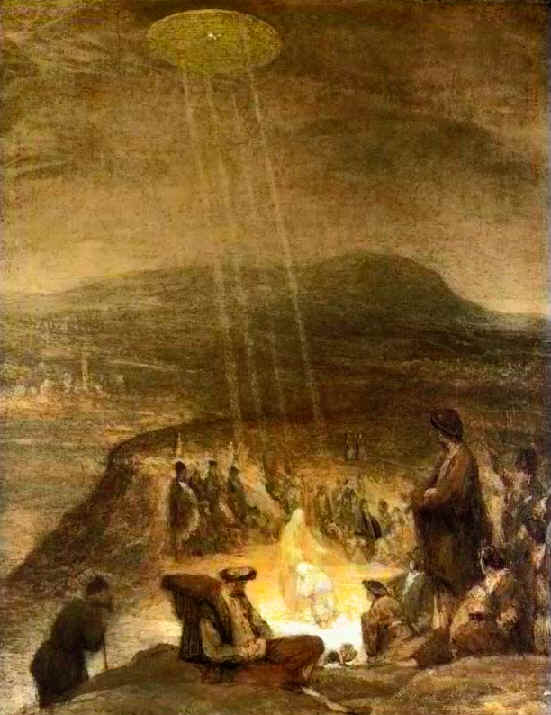
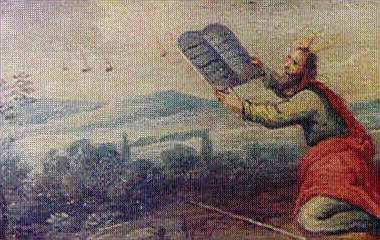
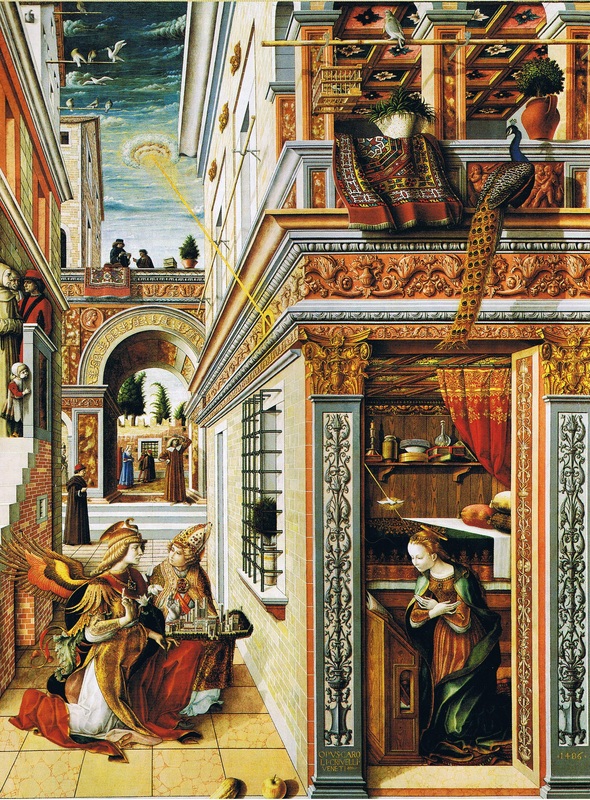
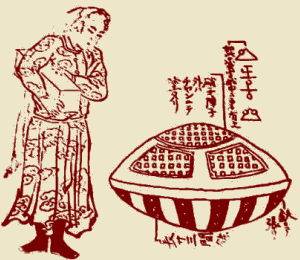
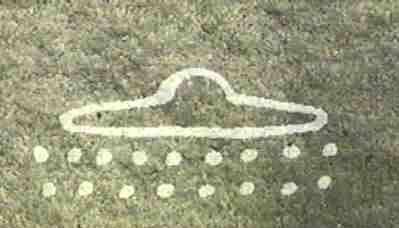
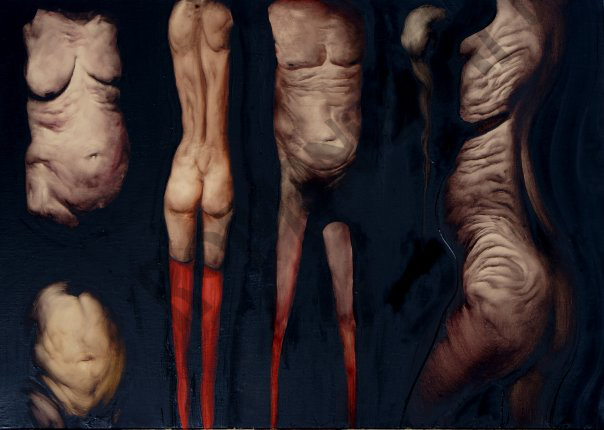
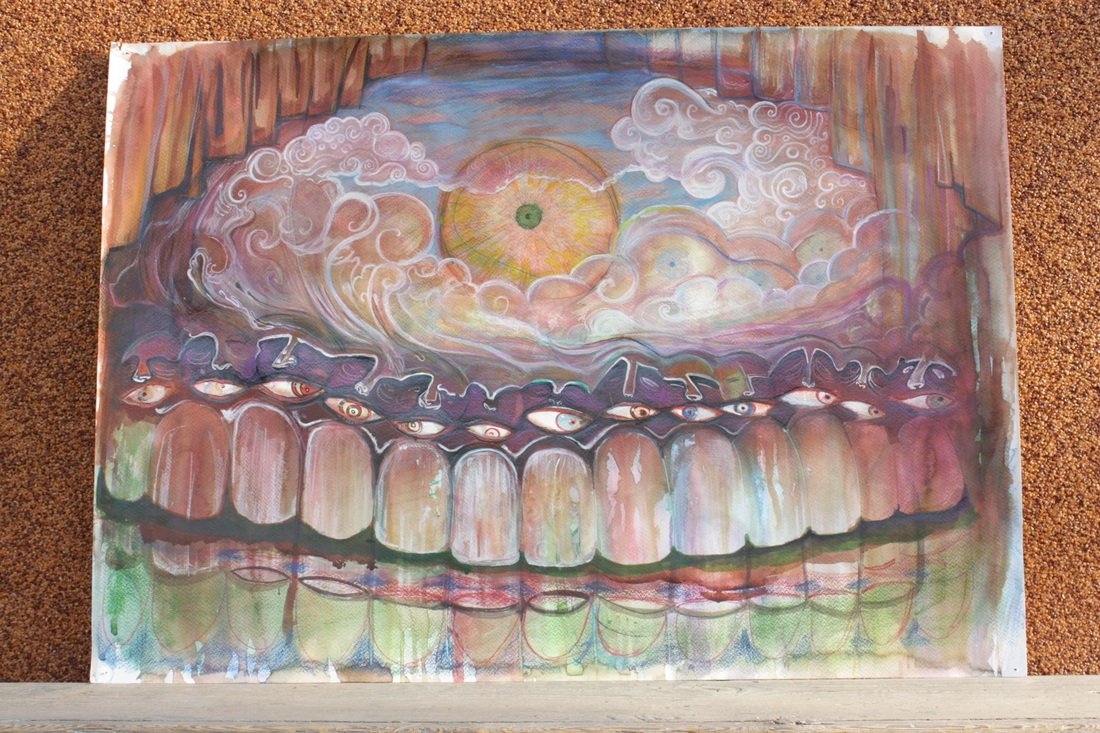
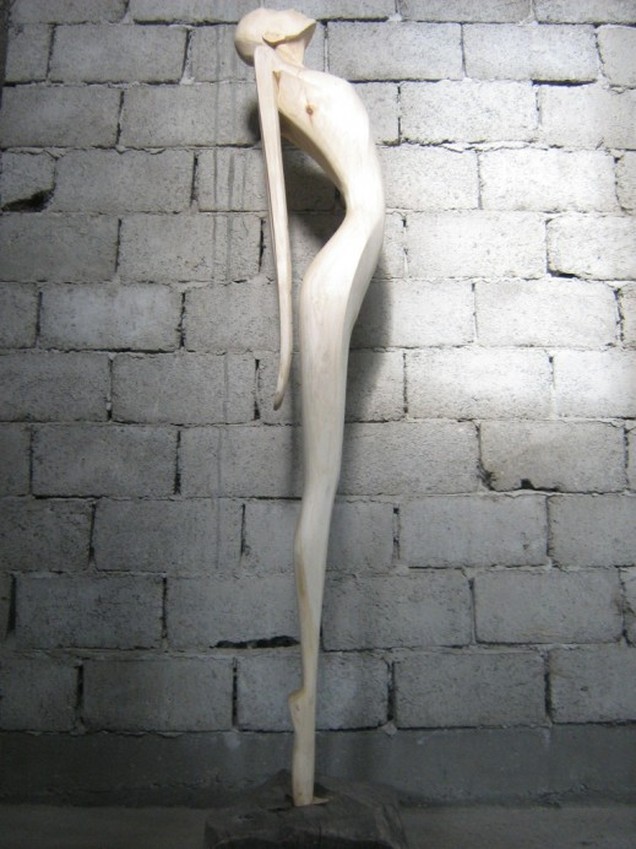

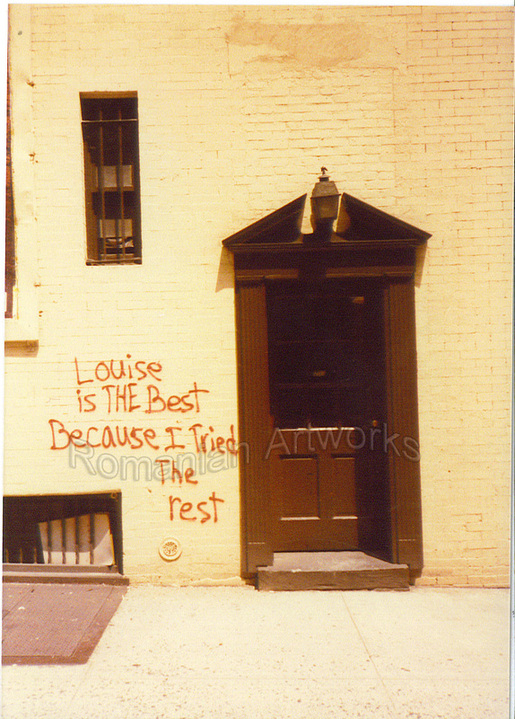
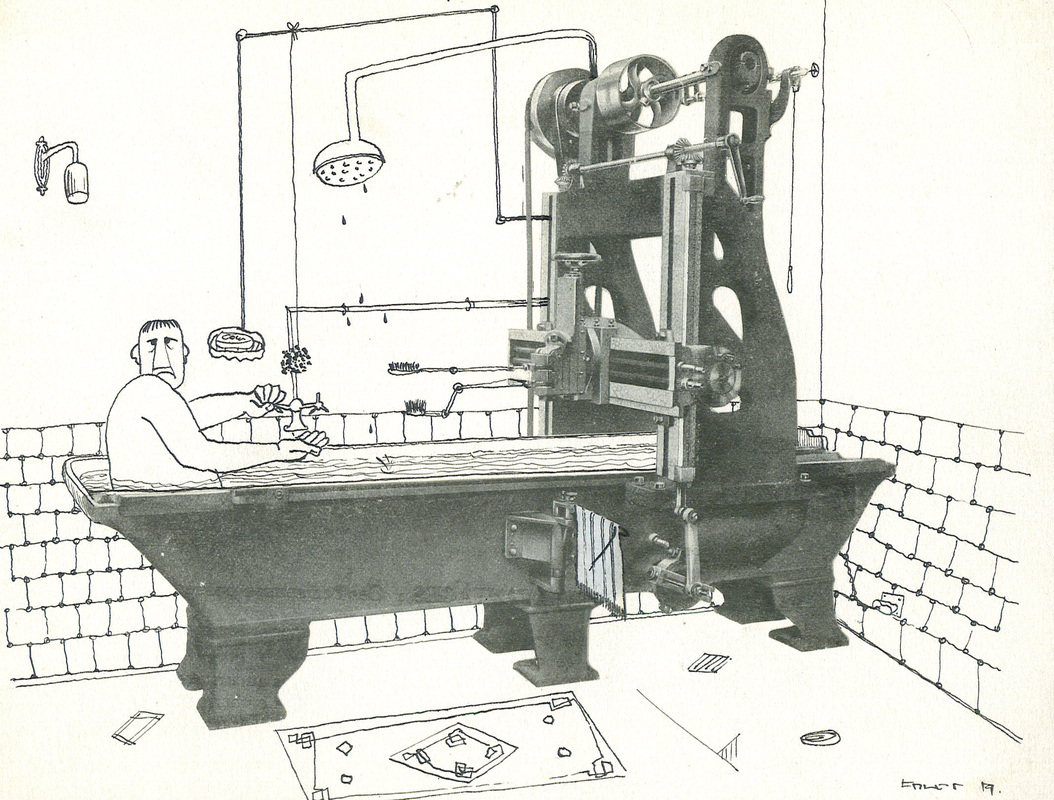
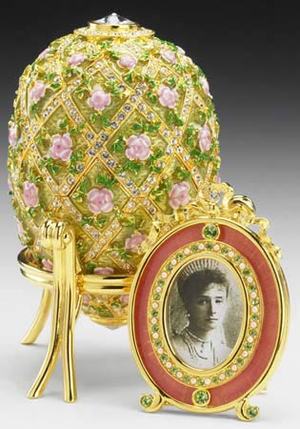
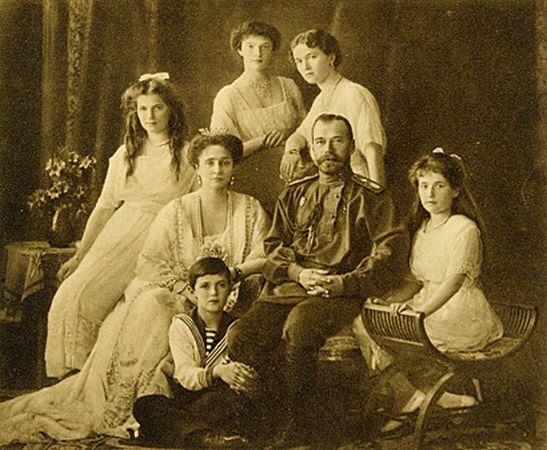
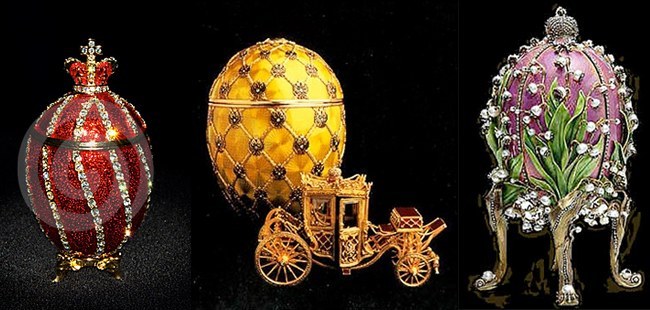
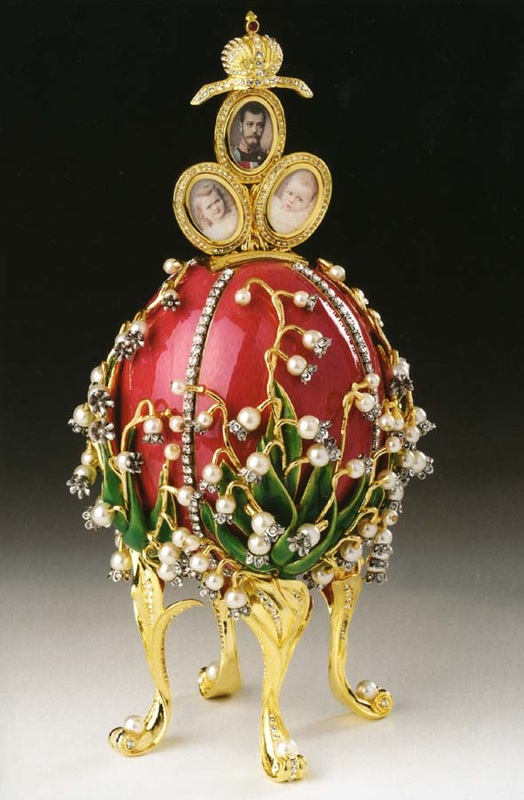
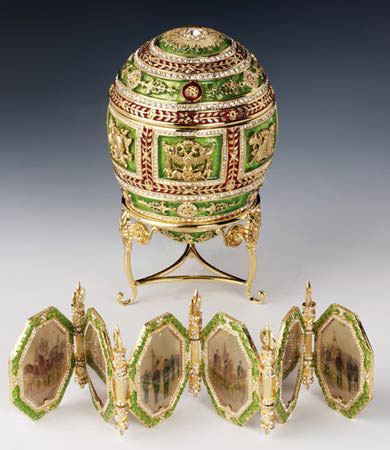
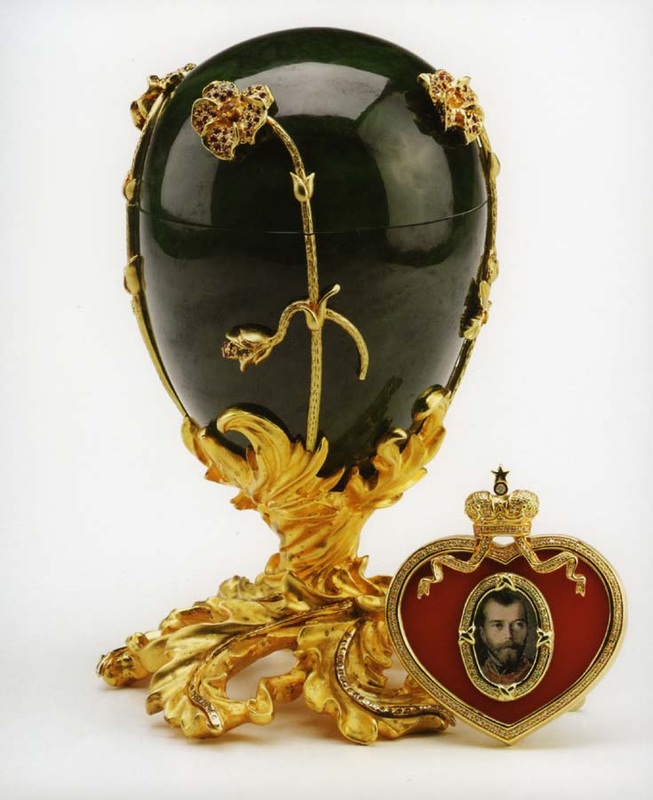
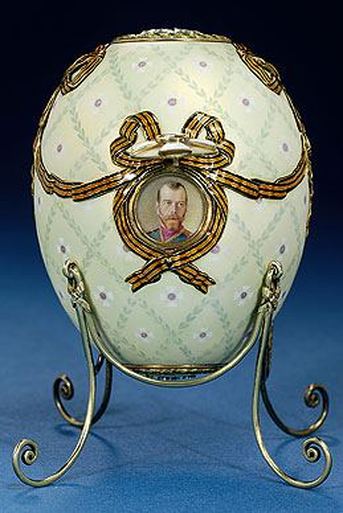
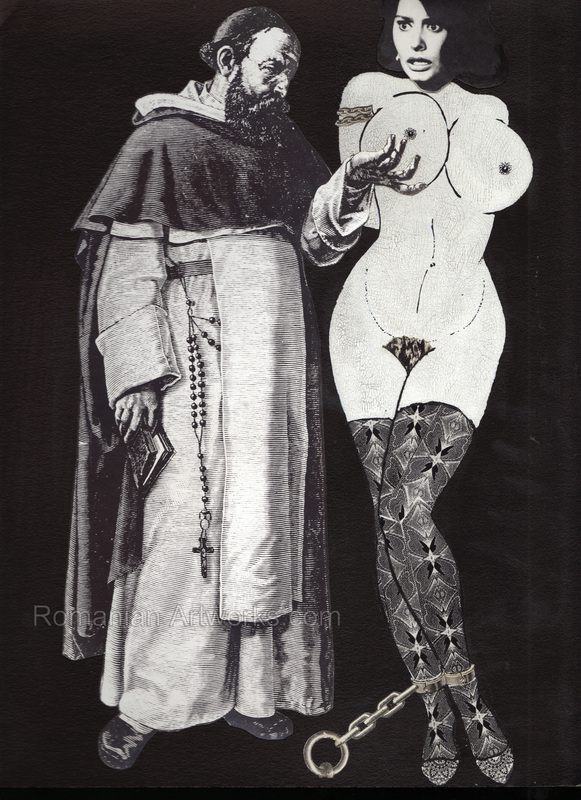
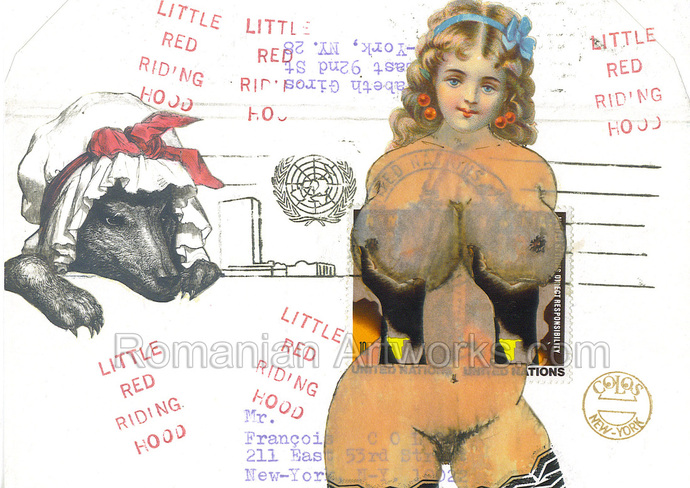
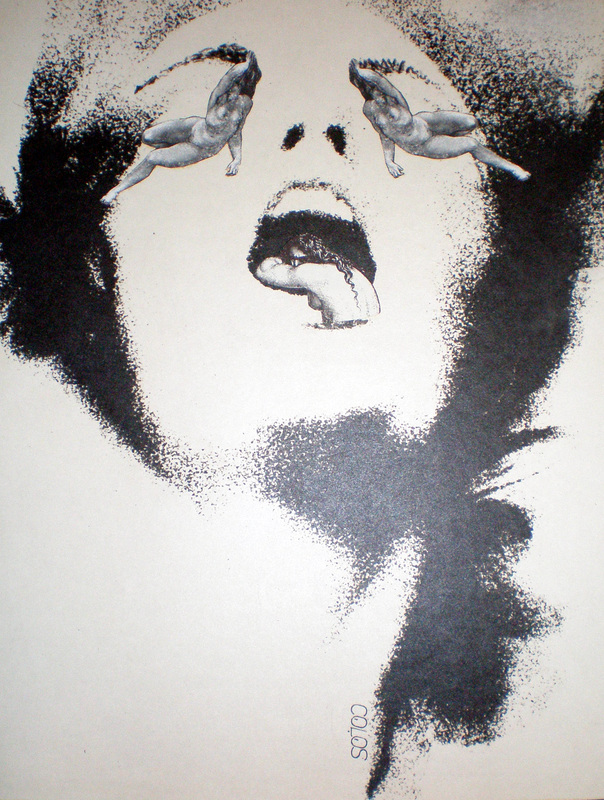
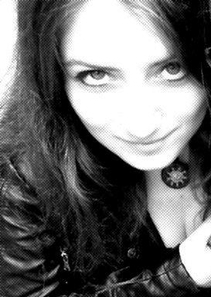
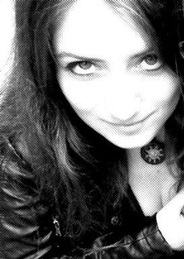
 RSS Feed
RSS Feed
